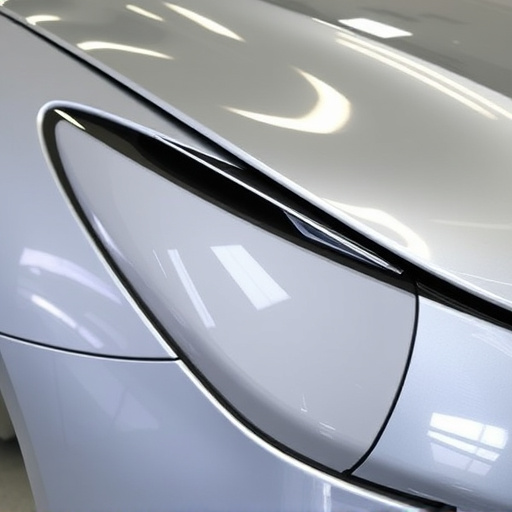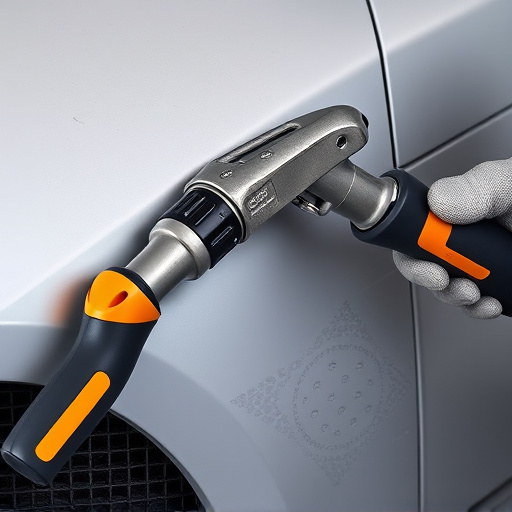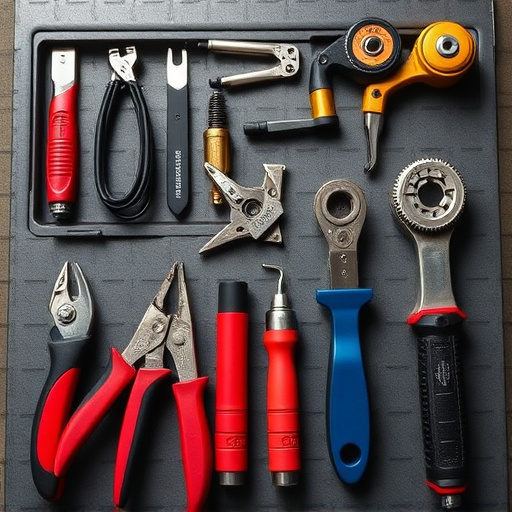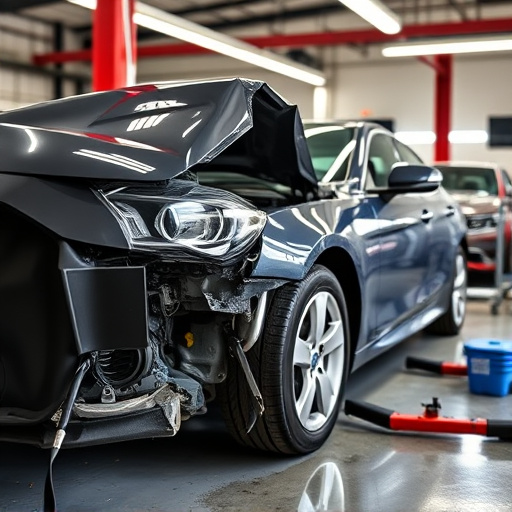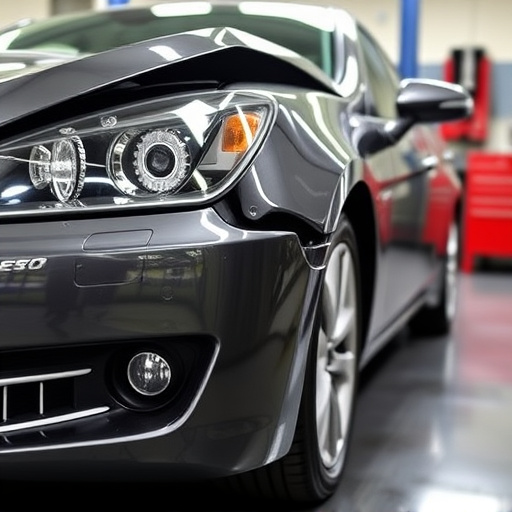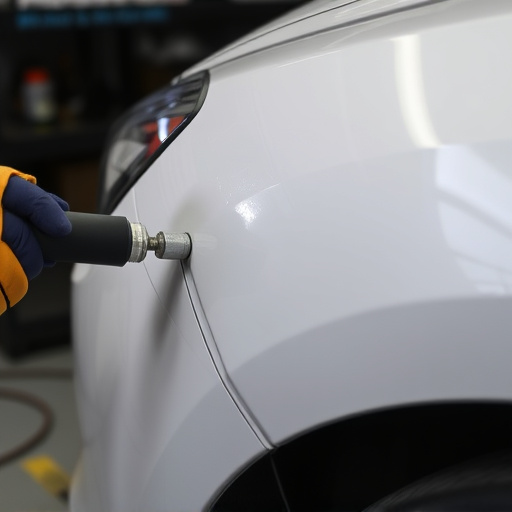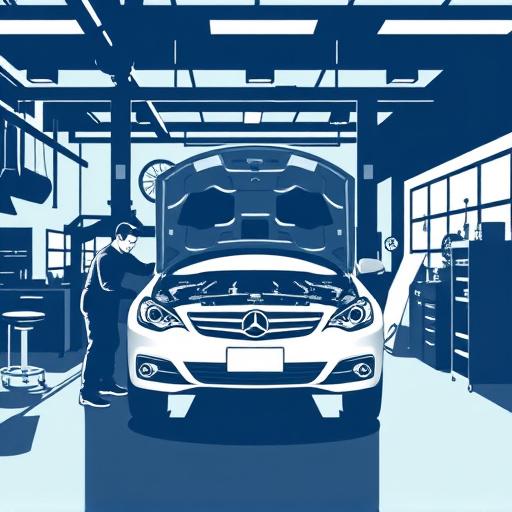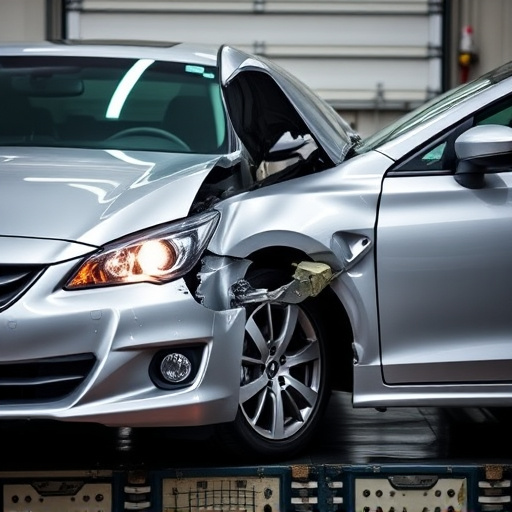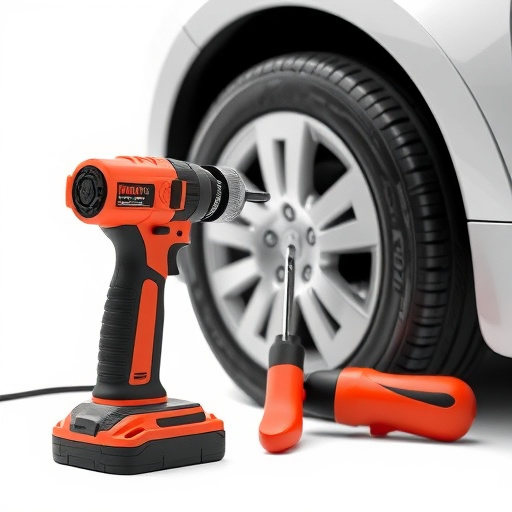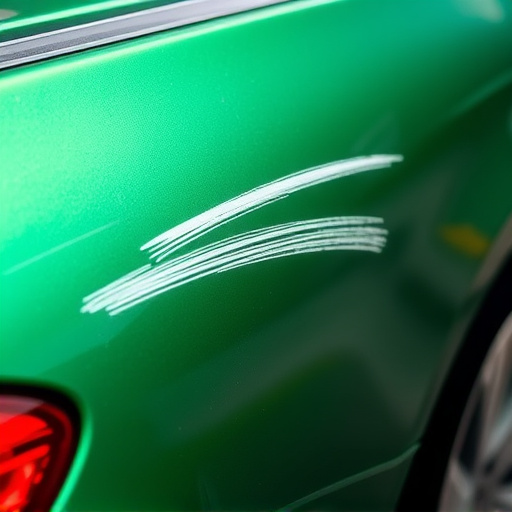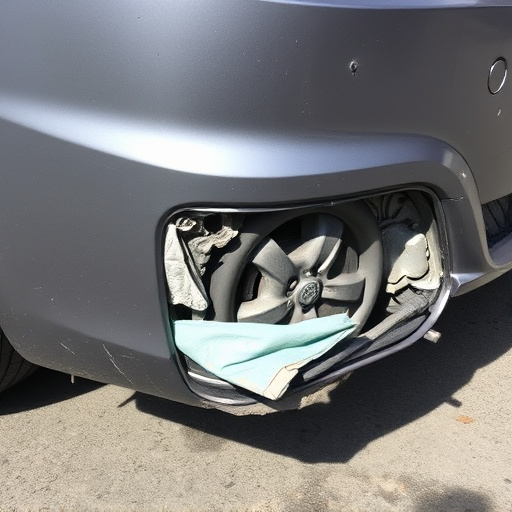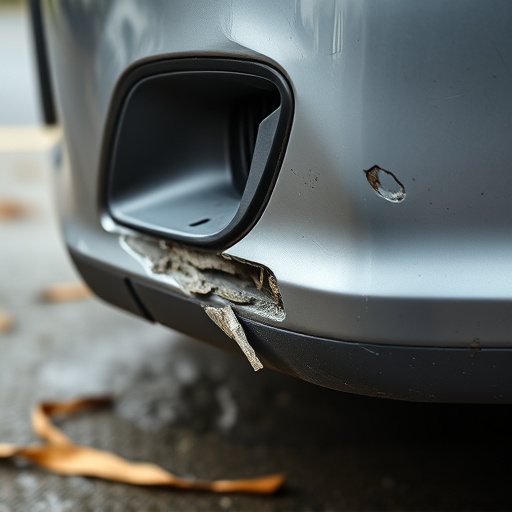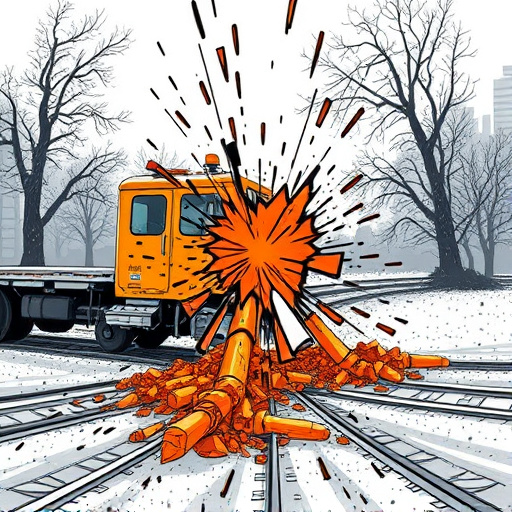Tesla's Diagnostic Integration System revolutionizes factory repairs by integrating advanced tools into their manufacturing process, ensuring rigorous testing of every vehicle leaving the line. Technicians use software diagnostics and technologies like 3D imaging to identify and fix issues, from minor adjustments to complex structural repairs, streamlining parts ordering and inventory management for swift turnaround times. This approach transforms auto body servicing, enabling quick diagnoses, efficient repairs, and proactive maintenance for improved vehicle longevity.
Tesla, a pioneer in electric vehicle technology, has revolutionized its factory repair process through advanced diagnostic integration. Unveiling their innovative system, this article explores how Tesla’s diagnostic tools streamline repairs. We’ll delve into the step-by-step repair process using cutting-edge equipment and highlight the benefits, including enhanced efficiency and improved precision. Discover how these methods are reshaping the landscape of Tesla factory repairs, ensuring high-quality outcomes while optimizing time and resources.
- Unveiling Tesla's Diagnostic Integration System
- Repair Process: Step-by-Step Guide Using Advanced Tools
- Benefits and Impact on Factory Repair Efficiency
Unveiling Tesla's Diagnostic Integration System
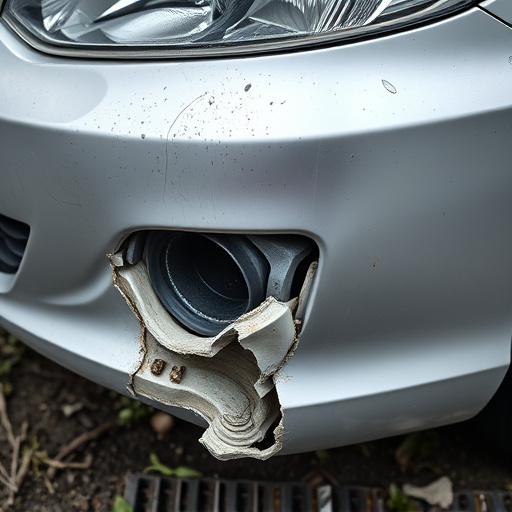
Tesla’s Diagnostic Integration System is a revolutionary approach to factory repairs, setting new standards in the automotive industry. This cutting-edge technology seamlessly integrates advanced diagnostic tools directly into the manufacturing process, ensuring that every vehicle leaving the assembly line undergoes rigorous testing and quality control. By implementing this system, Tesla not only streamlines its repair procedures but also enhances the overall precision and efficiency of its factory repair methods.
The diagnostic integration involves a comprehensive network of sensors and software that meticulously analyzes various components of the car body restoration and vehicle paint repair processes. For instance, during the initial stages of production, advanced imaging techniques and computer-aided design (CAD) software identify potential defects in both exterior and interior finishes, allowing for immediate corrective actions. This proactive approach ensures that any issues, whether it’s a minor dent repair or a more complex paint job, are addressed before the vehicle reaches customers, guaranteeing a superior quality standard across all Tesla models.
Repair Process: Step-by-Step Guide Using Advanced Tools
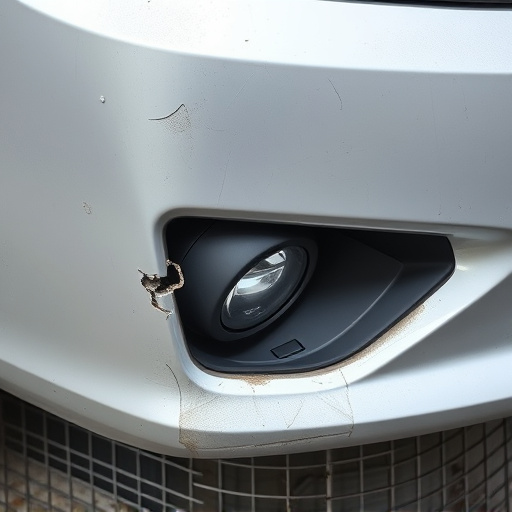
The Tesla factory repair process leverages advanced diagnostic tools for a meticulous and precise approach. Technicians begin by utilizing specialized software to run comprehensive diagnostics on the vehicle, pinpointing any issues with accuracy. This step-by-step guide involves several checks: scanning for error codes, monitoring sensor data, and analyzing system performance. Once identified, repairs range from minor adjustments to complex structural fixes.
For instance, a car dent repair might involve using advanced air pressure technology to gently push out the dent without causing further damage. In cases of automotive collision repair or bumper repair, 3D imaging can accurately measure impact-related distortions, guiding precise repairs. Throughout the process, Tesla’s digital platform ensures parts ordering and inventory management are seamless, contributing to a swift turnaround time for customers.
Benefits and Impact on Factory Repair Efficiency
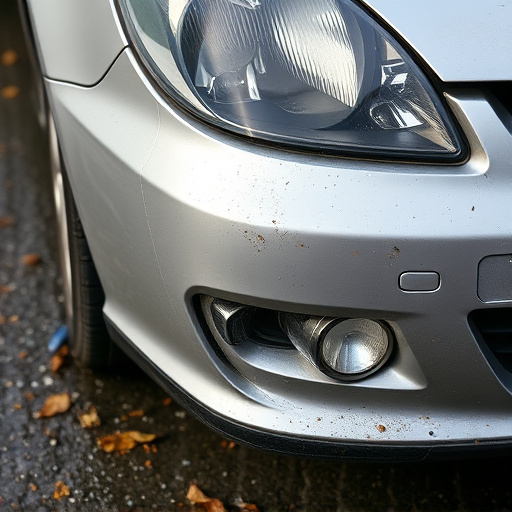
The integration of advanced diagnostic tools into Tesla factory repair methods has revolutionized the efficiency and accuracy of automotive servicing. This innovative approach leverages cutting-edge technology to streamline the diagnosis process, enabling technicians to identify issues swiftly and precisely. By providing detailed insights into a vehicle’s systems, these diagnostics facilitate more effective auto body repairs, reducing the time typically spent on manual inspections.
Such advancements in Tesla factory repair methods directly translate to improved productivity and customer satisfaction. Faster and more efficient car bodywork services mean reduced wait times for owners, ensuring their vehicles are restored promptly. Moreover, advanced diagnostics enable technicians to predict potential problems, facilitating proactive maintenance, which is beneficial for both the vehicle’s longevity and the overall reparative process.
Tesla’s advanced diagnostic integration system revolutionizes its factory repair methods, offering more efficient and effective solutions. By leveraging cutting-edge tools, technicians can quickly diagnose and rectify issues, minimizing downtime and enhancing overall vehicle performance. This innovative approach not only benefits Tesla owners but also sets a new standard for the automotive industry, showcasing the company’s commitment to technological advancement in factory repairs.
